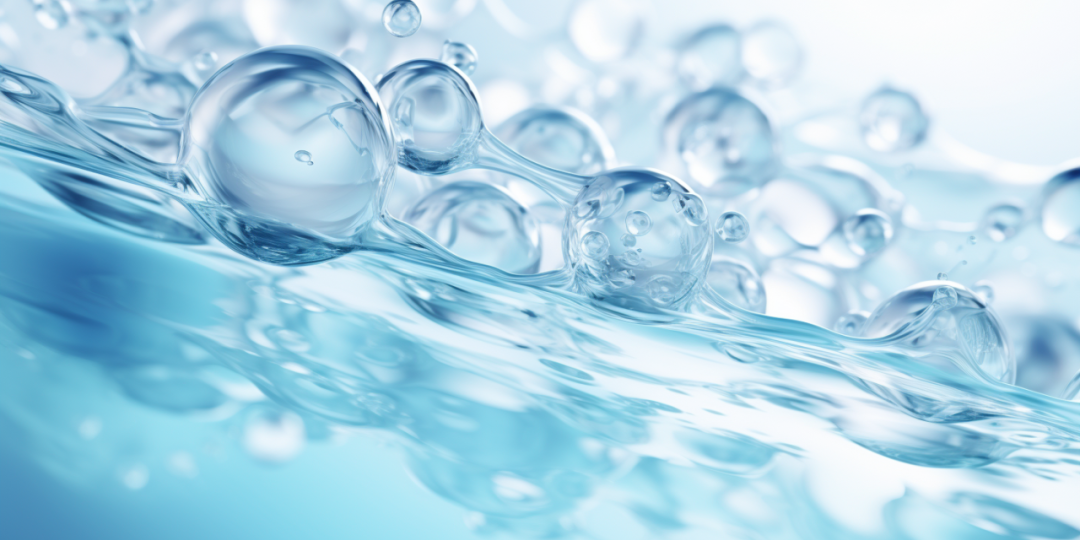Polysiloxane defoamer
Polysiloxane defoamer has the characteristics of rapid defoaming, long foam suppression time and safety and non-toxicity. However, it is difficult to dissolve in water, has high temperature resistance and poor resistance to strong alkali. Polyether defoamer is good at water shortage. It has high temperature resistance and strong alkali resistance, but its defoaming speed and foam suppression time are not ideal. After condensation technology, a polyether chain is grafted onto the polysiloxane chain to give it the advantages of a second-class defoaming agent. , becoming a defoaming agent with excellent performance and wide application.
In the molecule of silicon ether copolymer, the siloxane segment is a lipophilic group and the polyether segment is a hydrophilic group. The polyethylene oxide chain in the polyether segment provides hydrophilicity and foaming properties, while the polypropylene oxide chain provides hydrophobicity and permeability, which has a strong effect on reducing surface tension. The polyether end groups also have a strong influence on the properties of silicon ether copolymers. Common end groups include hydroxyl, alkoxy, etc. Adjusting the relative molecular weight of the siloxane segment in the copolymer can make the copolymer highlight or weaken the properties of silicone. Similarly, changing the relative molecular weight of the polyether segment will increase or decrease the proportion of silicone in the molecule, which will also affect the performance of the copolymer.
Polyether-modified silicone defoamer is easily emulsified in water, also known as “self-emulsifying defoamer”. When the temperature is above its cloud point, it loses its solubility in water and mechanical stability, and is resistant to acids and alkali. and inorganic salts, which can be used for defoaming under harsh conditions and are widely used for defoaming in high-temperature dyeing processes and fermentation processes for polyester fabrics. In addition, it can also be used for defoaming of diethanolamine desulfurization systems and various oils, cutting fluids, non-freezing presses, water-based inks and other systems. It is also suitable for washing away uncured resin after photosensitive resin plate making in the printing industry. Defoaming is a very representative, excellent performance and widely used silicone defoaming agent.
Polysiloxane defoamer is usually composed of two main components: polydimethylsiloxane and silica. The defoamer with polydimethylsiloxane as the base material is one of the defoaming systems. It is an ideal defoaming agent because it is insoluble in water and difficult to emulsify. Polydimethylsiloxane has lower surface properties than carbon chain hydrocarbons, so it has a lower surface tension than surfactants commonly used in the textile industry. Pure polydimethylsiloxane has poor and slow antifoaming performance. The defoaming effect needs to be enhanced by silica particles. The silica particles are brought to the air-water interface of the foam by silicone oil and enter the bubble liquid film because of its hydrophobicity. The contact angle between the foaming liquid droplets and the surfactant foaming droplets is greater than 90°, which forces the foaming liquid to drain away from the surface of the solid hydrophobic particles, causing rapid local drainage of the foam and resulting in rupture. In this way, the two compositions produce a good defoaming effect due to the synergistic effect.







